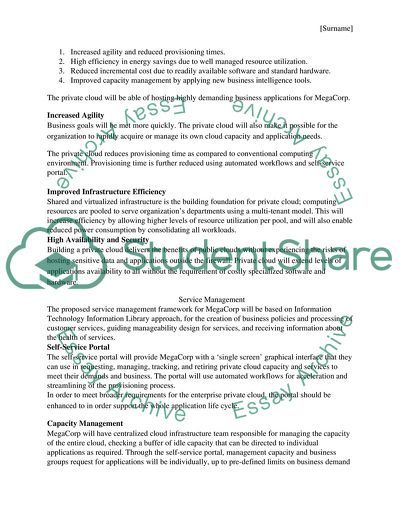Cite this document
(Private Cloud Computing Service Coursework Example | Topics and Well Written Essays - 2000 words, n.d.)
Private Cloud Computing Service Coursework Example | Topics and Well Written Essays - 2000 words. https://studentshare.org/information-technology/1805102-network-server-administration
Private Cloud Computing Service Coursework Example | Topics and Well Written Essays - 2000 words. https://studentshare.org/information-technology/1805102-network-server-administration
(Private Cloud Computing Service Coursework Example | Topics and Well Written Essays - 2000 Words)
Private Cloud Computing Service Coursework Example | Topics and Well Written Essays - 2000 Words. https://studentshare.org/information-technology/1805102-network-server-administration.
Private Cloud Computing Service Coursework Example | Topics and Well Written Essays - 2000 Words. https://studentshare.org/information-technology/1805102-network-server-administration.
“Private Cloud Computing Service Coursework Example | Topics and Well Written Essays - 2000 Words”. https://studentshare.org/information-technology/1805102-network-server-administration.


